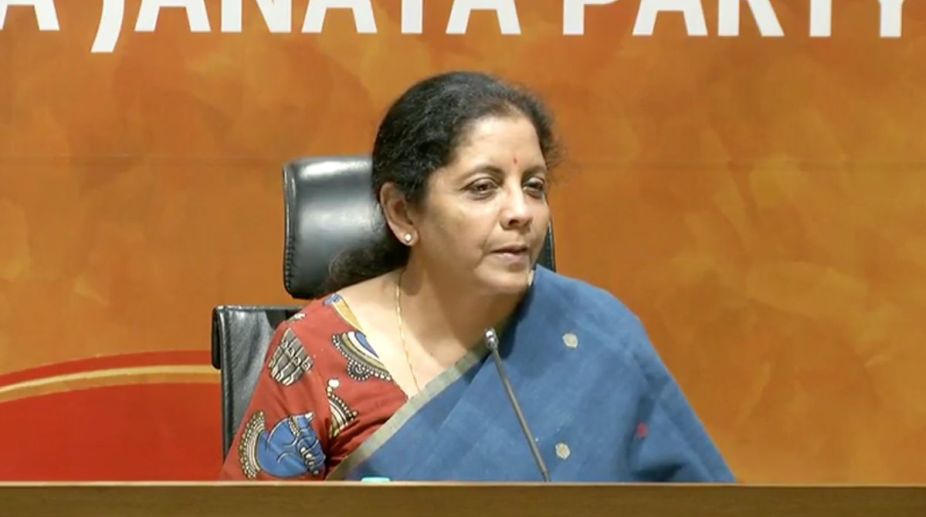Legitimate is the demand/desire of the Indian military leadership for their forces to boast cutting edge technology ~ even though in a developing county the exorbitant expending of taxpayer’s money on that technology does raise the “guns versus butter” debate. What is certainly not legitimate, and a debilitating mismatch, is the uniformed leadership’s archaic mindset that reflects an inter-service rivalry that retains little place in a contemporary military organisation.
Ugly reflection of that obsolete reality comes courtesy a revival of the Army-Air Force row over who will hold six additional AH-64E Apache attack-helicopters in the pipeline from the United States. A contract for 22 of those “choppers” for the IAF was concluded earlier, now the additional units have been earmarked for the Army ~ that is causing the air force considerable heartburn.
Advertisement
And, as is now standard operating procedure, both forces have deployed retired personnel to sell their case to the media and sway public opinion in their favour. Adding to the headaches of an already heavily-burdened defence minister is Mrs Nirmala Sitharaman’s task of trying to soothe the bruised/inflated egos of men who are proving too small for the high appointments they hold.
The IAF insists it has always controlled valuable air-assets, has the operational and maintenance capabilities to do so, and wonders why money should be spent duplicating facilities. The Army points out that the IAF is tardy when responding to its call for the employment of air-power, cites the delays and coordination complications when such power was last employed ~ at Kargil.
The then Air Chief had been hesitant ~ using air-power was escalatory, he contended ~ precious time was lost as Pakistan’s Northern Light Infantry “dug in” and became more difficult to dislodge. The Indian military had invited much ridicule, such stories were supposed to have ended on VE and VJ Day after World War II.
That they did not end in India was evident in the 1970s when the Air Force bitterly opposed the Navy being entrusted with the responsibility of maritime reconnaissance, and again when a strategic command was being set up to hold charge of India’s nuclear weapons. That mindset has also been responsible for the failure to switch to a Chief of Defence Staff system, theatre commands etc.
Though all three services swear by “integration” and “jointsmanship”, they still retain even their separate clubs and messes. That too in the 21st century ~ what is sought to be drilled in at the National Defence Academy quickly dissipates, and a course at the National Defence College does not suffice to remedy the pettiness.
A drastic reorganisaton of higher defence managements is necessary, else we will continue to see the forces squabbling like schoolboys over toys ~ but the political will for such drastic action has been lacking. Ministers come and go, reports of expert committees gather dust, the military muddles along…











